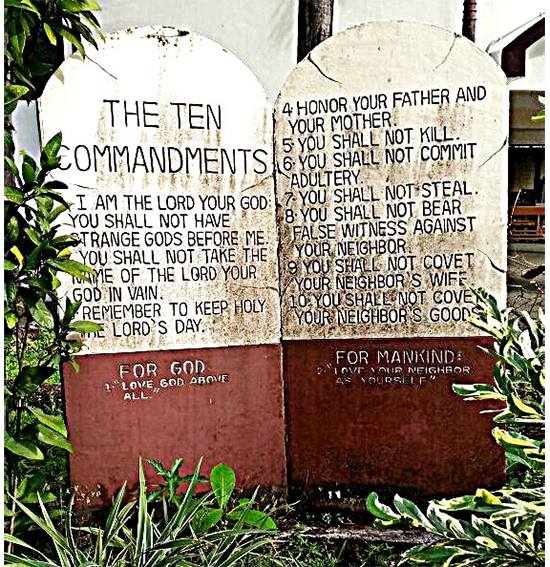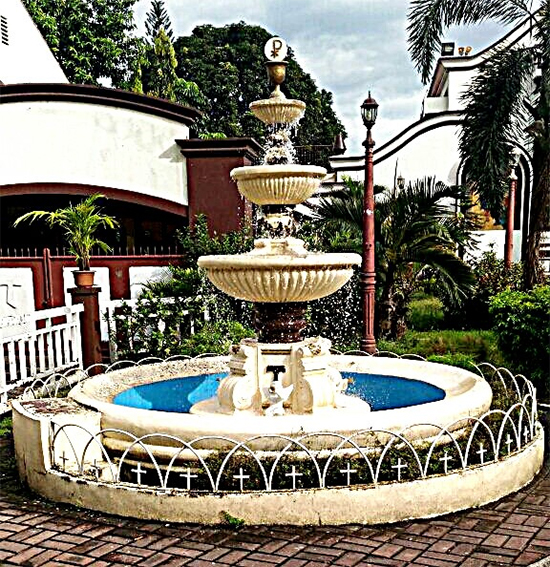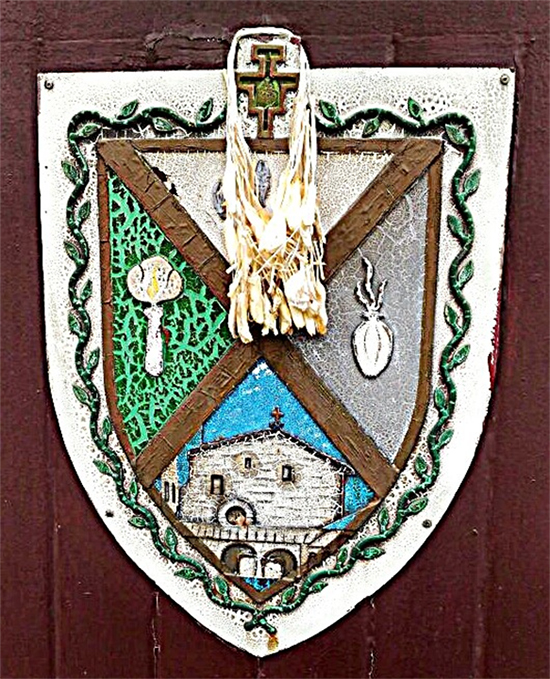(Franciscan Orders in Quezon City)
“Walang himala!” the classic line of Elsa, the healer (played by Nora Aunor), was the turning point of the movie, “Himala” because it was an expose of epic proportions to the throngs of people desperately in need of hope and healing.
Indeed, Filipinos are known to be credulous when it comes to apparitions, spiritual cures and purported visions whether the source be divine or devilish. We are wont to mix folk Christianity with mainstream Catholicism. Scapulars and medals are regarded as amulets and oils as miraculous ointments. Amid this syncretic scenario, it is a blessing for the Metro folk to know that there are genuinely supernatural and authentically Divine Houses of Healing that are located in Quezon City a few kilometers apart from each other.
Sta. Clara
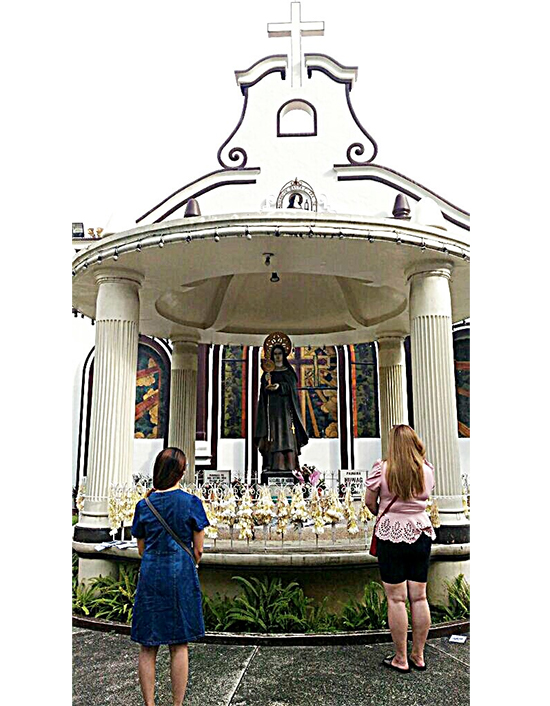
One is Monasterio Real de Sta. Clara de Manila which was originally located in Intramuros just in front of Fort Santiago. It was founded in 1621 and is considered the first monastery in Asia. The cloistered Clarisas, who followed the three tenets of discipline, rigor, and prayer, were described by a Jesuit priest as experiencing “living death”. For, once admitted, they will never surface again in the outside world. This seclusion was disturbed during the British Occupation when the monjas were escorted out to Sta. Ana. During the Battle of Manila, the monastery was bombed and some of them were killed.
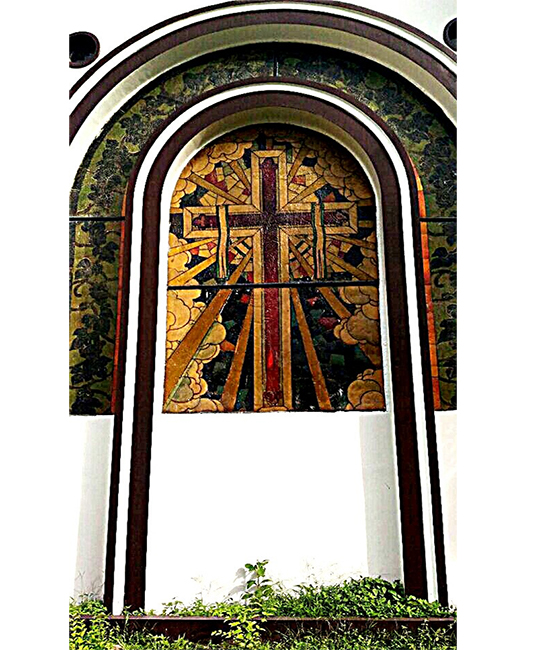
Holy eggs
In 1950, they transferred to Aurora Blvd. in Cubao. My sister often went there to bring some eggs to the nuns. I never got to understand what it was all about until an Assumption alumna, who was organizing a Binondo walk for her classmates, assured me that offering white eggs to the Poor Clares was 100% assurance of clear weather. After all, “clara” means clear ! Outside the gate of Sta. Clara eggs were being sold, wrapped in colored plastic, with its corresponding petition : red for work and travel; pink for love life and family, blue for Board exams and studies, green for finances and yellow for health and thanksgiving.
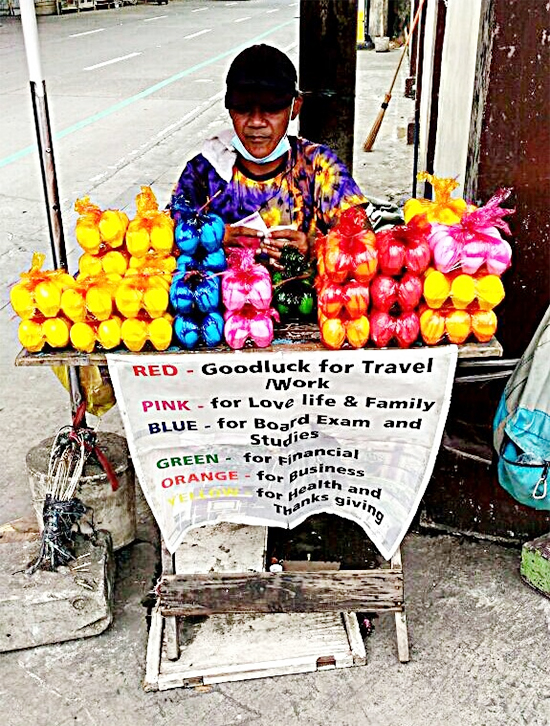
Katipunan transfer
In the 1990s, they had to transfer again because of the C5 and LRT construction. At the Katipunan location, they built a church in the California Mission style. It was a quiet neighborhood and had ample parking space. In my last visit, petitions can still be dropped but the church is closed and most of the property is cordoned off.
Saint Padre Pio
The other House of Healing has for its patron saint, an Italian Capuchin priest, mystic and stigmatist, Saint Padre Pio. Born Francesco Forgione in Pietrelcina, Italy, he died in 1968, was beatified in 1999 and canonized in 2002 by St. John Paul II.
As a child, although frail and sickly, Pio had many mystical experiences such as being able to see his guardian angel. At an early age, he already consecrated himself totally to Christ. His quiet demeanor and humble disposition signified deep piety. At fifteen years old, he was admitted to the Capuchin Order of Friars Minor (a religious order of Franciscan priests).
Padre Pio endured much physical suffering in his life due to his fragile health. When he was 31 years old, while praying before a crucifix, the wounds of the Crucified Christ appeared on his body – hands, feet and side. As such, Padre Pio became the first stigmatized priest in the history of the Catholic Church. He bore it all with resignation
and calmness for fifty years. His holiness and humility also made him a great target for the enemy. In the privacy of his cell, Padre Pio had frequent visits from Satan and his minions who would tempt, torment and beat him up physically. All these he offered for the salvation of souls.
He was also bestowed with numerous spiritual gifts – Divine visions, efficacious healing, of reading souls during confession, levitation and bilocation which he never sought and felt unworthy of. Padre Pio was based in San Giovanni Rotonda, Italy where throngs of pilgrims would flock to be in the presence and be administered the sacraments by this holy man. Our very own countrymen have a great devotion to Saint Padre Pio. His shrine in Libis, Quezon City is a tribute to his powerful healing intercession. The walls are bedecked with letters of thanksgiving and testimonies of healing and conversion from people from all walks of life. When his heart relic was brought here, devotees waited in long queues for hours just to get a glimpse of the sacred memento of a great saint, offer thanksgiving or request for his intercession.
Padre Pio is also the patron saint of Civil Defense Volunteers and adolescents, as well as stress relief. His credo : Pray, Hope and Don’t Worry verily reverberates at this time of pandemic.
There is also a shrine in Sto. Tomas, Batangas and a Mountain of Healing in San Jose Del Monte Bulacan featuring a 50-foot statue.
Five Rules for Spiritual Growth by Saint Padre Pio
1) Weekly confession
2) Daily communion
3) Spiritual Readings
4) Meditation
5) Examination of Conscience.
As Elsa of “Himala” has said, “Walang himala! Ang himala ay nasa puso ng tao. Nasa puso natin lahat. Tayo ang gumagawa ng himala.”
Truly, FAITH in the love and mercy of GOD that comes from the heart, heals. When one has faith, nothing is impossible ! I dedicate this article to those in need of God’s healing.
JP Ordona (Manilakad) leads Manilakad Walks in Intramuros, Binondo, Quiapo and more. In between, he writes, climbs, dives and more. Let him guide you to several walking destinations in Manila. Manilakad (JP Ordona) can be reached on Facebook Messenger or through text at (0916) 3597888.

